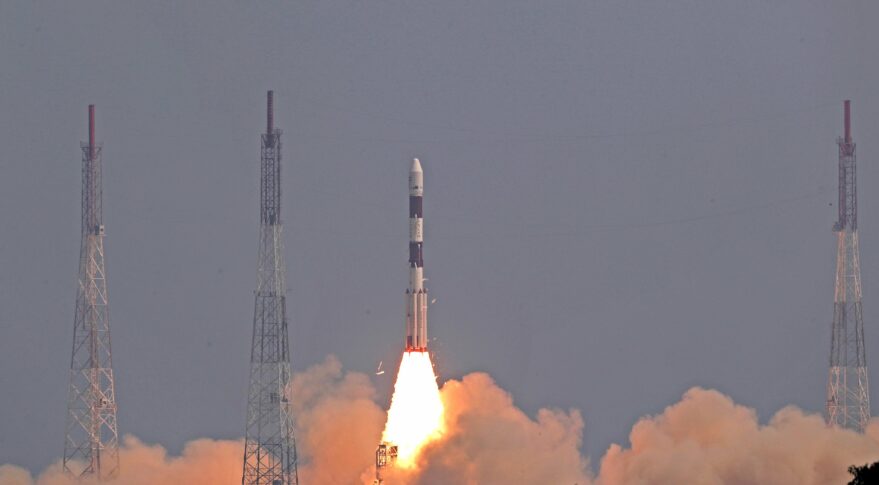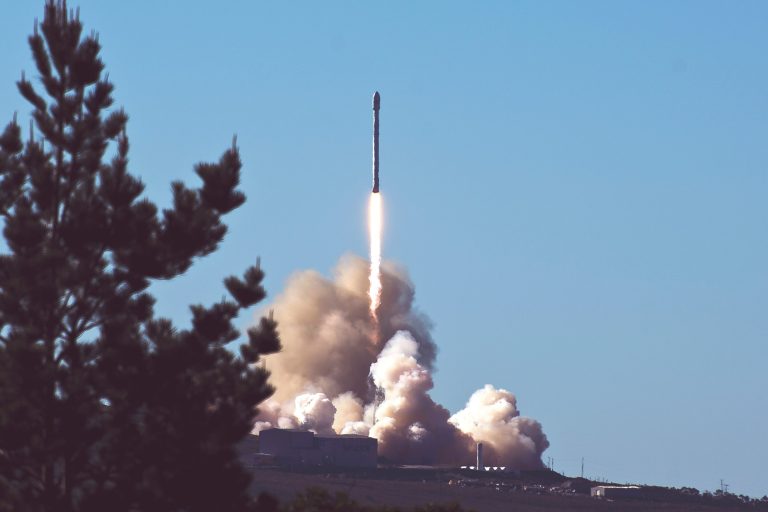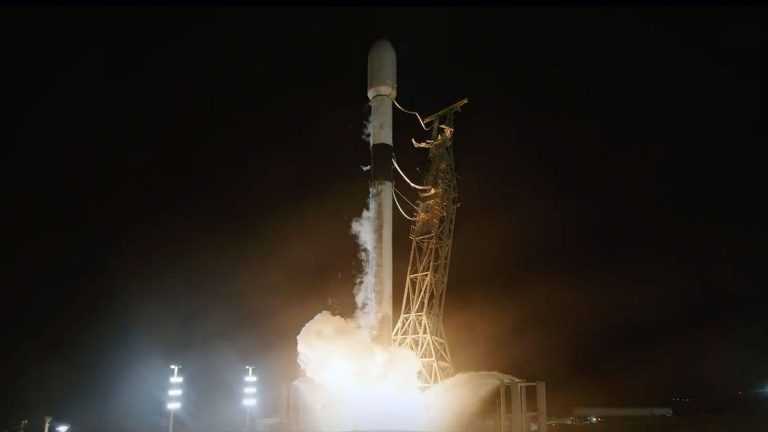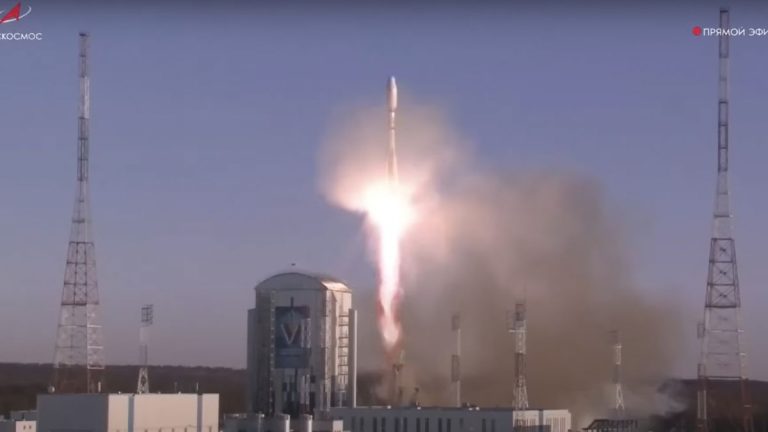
India’s PSLV rocket launches nine satellites in final mission of 2022 (Image Credit: Space News)
SEOUL, South Korea – India’s space agency ISRO launched a one-ton Earth observation satellite and eight nanosatellites to sun-synchronous polar orbit Nov. 26 aboard the nation’s workhorse Polar Satellite Launch Vehicle (PSLV) rocket.
The rocket lifted off from the Satish Dhawan Space Centre at 1:26 a.m. Eastern. The launch was live-streamed on YouTube, which showed the 44-meter rocket blasting off with bright flame jetting from its first-stage booster and soaring into the sky. The primary payload, EOS-06, separated from the rocket’s upper stage about 17 minutes after liftoff at an altitude of 742 kilometers. The other satellites were deployed between 114 and 125 minutes after liftoff.
ISRO Chairman S. Somnath declared the mission a success in a speech made about two hours after launch. “I am really happy to announce the successful accomplishment of the PSLV-C54/EOS-06 mission,” the chairman said. “We also observed that the performance of the rocket in this mission in all its stages and functions were exceedingly good.”
The EOS-06 is the third-generation Earth observation satellite in India’s Oceansat series, designed to provide “continuity services of Oceansat-2 spacecraft with enhanced payload specifications as well as application areas,” according to ISRO’s pre-launch document of the mission. The spacecraft has four payloads: an ocean color monitor (OCM-3); sea surface temperature monitor (SSTM); Ku-band Scatterometer (SCAT-3); and ARGOS, a French payload meant to reinforce the existing fleet of Indo-French weather satellites.
The secondary payloads include ISRO nano-satellite-2 for Bhutan (INS-2B), which will have two payloads, namely NanoMx and APRS-Digipeater. NanoMx is a multispectral optical imaging payload.
The Nov. 26 launch was ISRO’s fifth and final mission for 2022. The first mission in February put three satellites into low Earth orbit aboard a PSLV rocket, followed by the launch of three satellites in June aboard a PSLV, the failed maiden flight of Small Satellite Launch Vehicle (SSLV) in August, and the successful launch of 36 OneWeb satellites in October aboard a Geosynchronous Satellite Launch Vehicle (GSLV) Mark 3 rocket. It was the 56th flight of PSLV since it went operational in 1993, according to ISRO.
Meanwhile, Indian startup Skyroot Aerospace launched the country’s first privately developed rocket, Vikram-S, Nov. 18 from the Satish Dhawan Space Centre in Sriharikota. It was a suborbital launch aimed at testing and validating technologies that will be applied to the company’s first orbital-class launcher, Vikram 1, which the company plans to launch in 2023.








